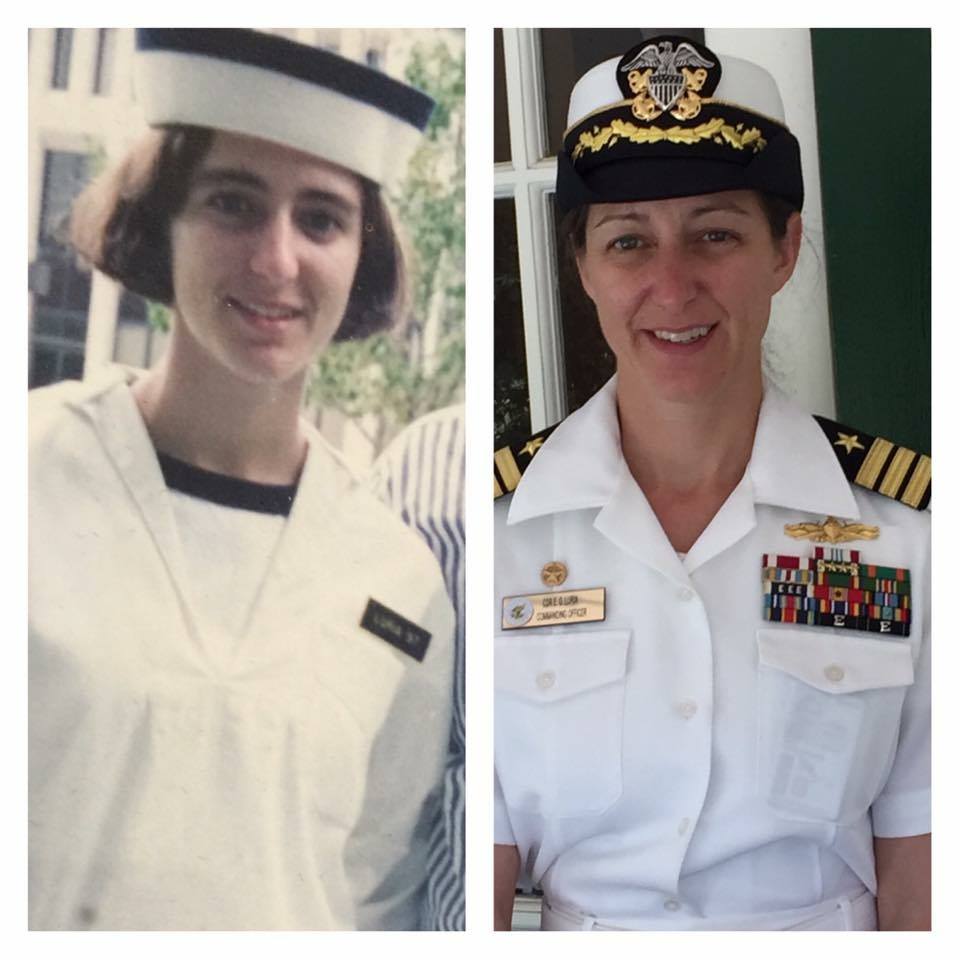
CAPITOL HILL — Many House Armed Services Committee members speak from some kind of experience: they have a military base or major defense contractor in their district, or they or a family member have prior military service.
Freshman Rep. Elaine Luria (D-Va.) has all of the above.
Luria is a 20-year Navy veteran who was elected to Congress last fall. She served as a nuclear-trained surface warfare officer in the Navy, rose to the rank of commander and is a 1997 graduate of the U.S. Naval Academy. Her career culminated with serving as the executive officer of cruiser USS Anzio (CG-68) and then commanding officer of Assault Craft Unit 2.
Luria represents Virginia’s 2nd Congressional District, which includes Naval Station Norfolk. She currently serves on the HASC, as a member of the military personnel subcommittee and the vice chair of the seapower and projection forces subcommittee, as well as on the House Veterans’ Affairs Committee.
Luria sat down with USNI News to talk about her first few months in Congress.
The following is a partial transcript of the interview, edited for length and clarity.
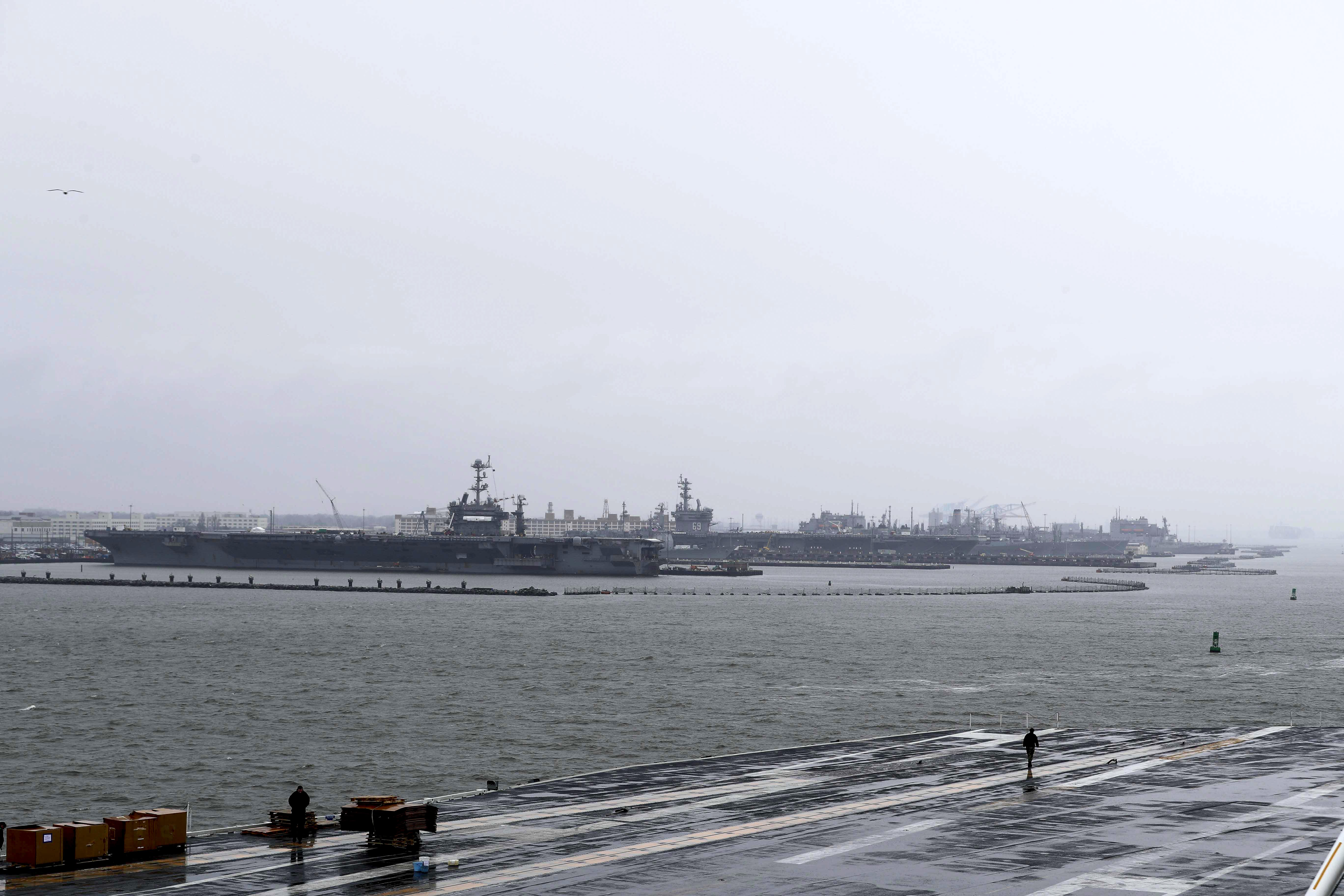
USNI News: First, if we could start with your district, with a heavy Navy population. Tell me a little bit about some of your district’s concerns right now and what you’re hearing most from your constituents when you do outreach.
Rep. Elaine Luria: It is a heavy Navy district and we obviously have Naval Station Norfolk. Not just Navy, but we have eight major military installations, we have a big Coast Guard presence and we have two NASA facilities – we’re the only district in the country that has that kind of dual NASA presence at two locations. Everything in the district economically is tied to Navy and DoD, so it drives our economy. Forty-two percent of the economy is tied to Navy and DoD. Shipbuilding and repair, one-quarter of the shipbuilding and repair that happens in the entire country happens in the Hampton Roads region. So everything that is of concern as far as the Navy and what we’re doing in Seapower in the upcoming National Defense Authorization Act is very much on people’s minds.
One of the things that was of big concern was the President’s Budget and the Navy’s backing of this plan to decommission the USS Harry S. Truman 25 years early. We’re very pleased the administration has walked back that plan. Vice President [Mike] Pence came down to the district to make that announcement in person to the sailors, and I think they very much appreciated hearing that from the administration directly, the value of the role of the carrier. The current law says we’re supposed to have 11, and no request by the Navy to change that. I did specifically directly ask that question to the chief of naval operations in a recent hearing, and he said there’s no plans yet to walk that back – but I pointed out that the Navy’s 30-year shipbuilding plan doesn’t get us to 11. … So really the future face of the Navy, what direction is the Navy going, is very important to constituents in Hampton Roads because whether they’re active duty, whether they’re family members, veterans or a civilian in the community supporting Navy activities, they want to understand where the Navy is going.
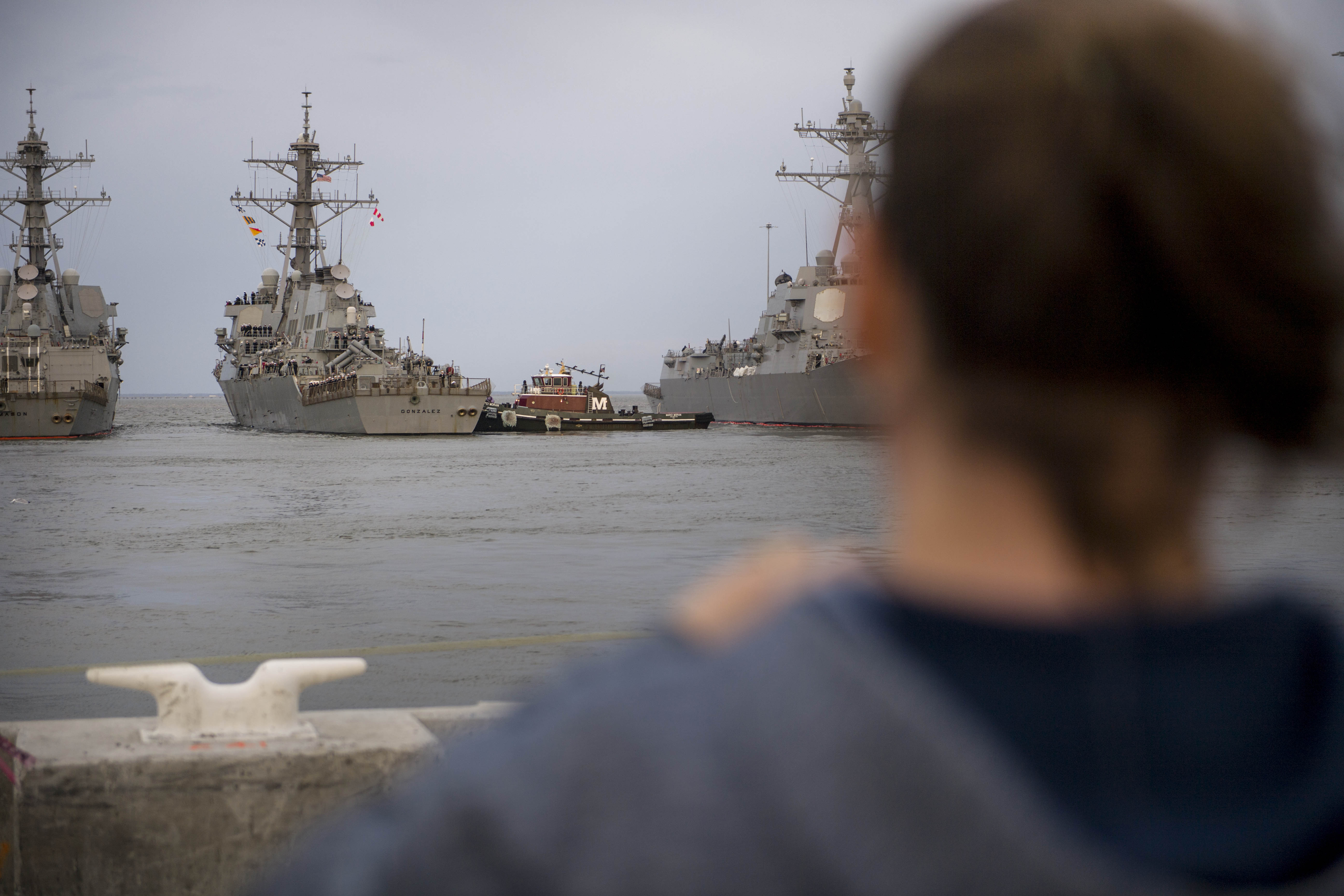
Some other bills related to the military I’ve been working on that are very important to our constituents: I’ve introduced a bill and it’s going through the Ways and Means Committee now, H.R. 2481, and that is a fix to the current tax code for Gold Star families. Children who are receiving survivor benefits due to the loss of a parent, either on active duty or service-related disability, have been taxed as of last year at a 37-percent rate. And that was a significant jump, and I think it was an unintended consequence. And so the bill I’ve introduced reduces that to be considered earned income, so it would be taxed between 12 and 15 percent. I’ve had widows come to me and say, my child is being taxed at almost three times what they were this year, so we really thought this needed to be fixed and we have bipartisan support on this: we have over 100 cosponsors on this bill, and that continues to grow every day.
Another thing I’ve been working on is a fix for blue water Navy veterans, H.R. 299. That’s four to five decades in the making: these veterans were exposed to Agent Orange when they were off the coast of Vietnam, and they were not previously recognized as having a service-related exposure and therefore service-related disability from their illnesses. The recent court case, Procopio v. Wilkie – Wilkie being the secretary of veterans affairs – at the district court level has ruled that they are entitled to these claims, that it was a service-related exposure that did cause the subsequent illnesses that are related to Agent Orange. We’ve had several hearings and I’ve had the secretary of veterans affairs here in my office, Secretary Robert Wilkie, and specifically asked: the Department of Veterans Affairs has stated they do not intend to appeal the case, and also that because of the ruling of the case they would presume that these veterans will receive all health care benefits. Procopio is the law of the land now, and on the legislative side we wanted to put into writing what the benefits that these veterans deserve are.
(Note: the bill passed unanimously in the House, in a 410-0 vote, on May 14. The Senate has not yet taken a vote on the bill.)
Other things that are very important are environmental issues, specifically related to the Chesapeake Bay and stopping offshore drilling. The Navy has clearly come out that offshore drilling would inhibit the Navy’s operations in the Virginia Capes Operating Area, and honestly I’ve yet to meet a constituent that wants offshore drilling. In addition to the military impact, it also would be detrimental to the other main drivers of our economy in the region: tourism, aquaculture, fisheries, those things – if we had an oil spill, it would have deleterious effects on our coast. The first piece of legislation I introduced was a bill joining with Don McEachin in our neighboring 4th District as well as the late Walter Jones from North Carolina – so a bipartisan bill – to stop offshore drilling off the Mid-Atlantic coast.
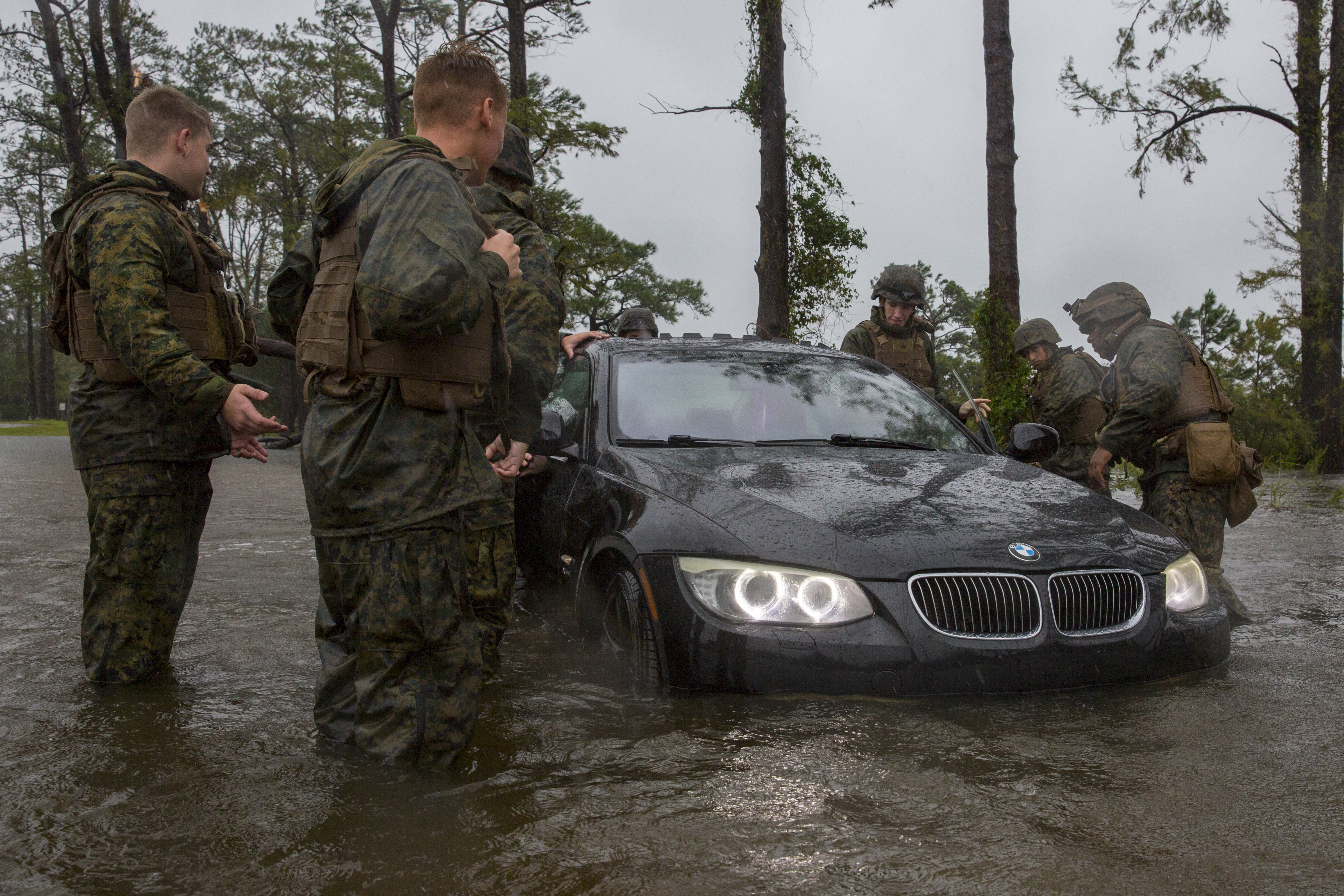
USNI: Spending is sometimes put into buckets of defense spending and non-defense spending, but those categories are not so clear-cut in your district. How do you make clear to fellow lawmakers that the two go hand-in-hand in your district?
Luria: I continuously highlight that in a lot of different forums with my peers. And a good example of that is sea level rising and recurrent flooding. The Navy has been a leader in coming out to say that we need to combat the effects of climate change and that that manifests itself in the form of sea level rising and recurrent flooding in areas like Hampton Roads. We have major concerns about access to the base and base infrastructure, and so I think that’s a very good issue to talk about the crossover of environmental issues – the impacts of climate change, how we need to take action now, how we need to invest in infrastructure to combat the effects of rising sea level – but it’s also a national defense issue. I think that really resonates.
USNI: On the blue water Navy veterans bill, which has gained a lot of steam in the past months: the government was slow to recognize the health effects of Agent Orange exposure overall, but why do you think these blue water sailors in particular were left out of the earlier narrative about servicemembers becoming sick due to service-related exposure and were not covered earlier?
Luria: The court case has shown the law includes them but that there was a misinterpretation on the part of the VA in its implementation. In that particular case, it’s just been a long battle to prove that the way the VA interpreted the law was incorrect. And what we’ve done in H.R. 299 has been even more explicit, so there’s very little room for the VA to dispute a claim, because we’ve laid down territorial geographic points, and that will then remove ambiguity as far as what areas are covered.
And I think this is one of several exposure issues that were highlighted recently. We know that burn pits from Iraq and Afghanistan – and I think that’s something as well that two of the committees I’m on, military personnel subcommittee as far as DoD and active duty and also Veterans Affairs Committee – having a proper burn pits registry and registering these locations, the contaminants that people were exposed to, and the research and the health side needs to catch up and show, is there a correlation between these exposures to these chemicals and the health problems that people are experiencing who may have been in those areas? So there’s a lot of work to be done with burn pits and the burn pits registry.
Another issues that’s come up is the PFAS and the contamination of water sources around some military installations related to use of that chemical. That’s going to require a lot of work and attention. We need to make sure we don’t wait and collect data now and take adequate actions.
Another one is the Enewetak Atoll (in the Marshall Islands). That’s an island in the Pacific where there were nuclear tests, and then people who were called in decades later to do cleanup were exposed to radiation. And they have also not been provided exposure-related disability compensation and health care. Another bill has been introduced which requires further scientific study with updated methods to determine what the extent of their radiation exposure was so we can then move forward based off of science and try to help another group of veterans, some of which are very ill.
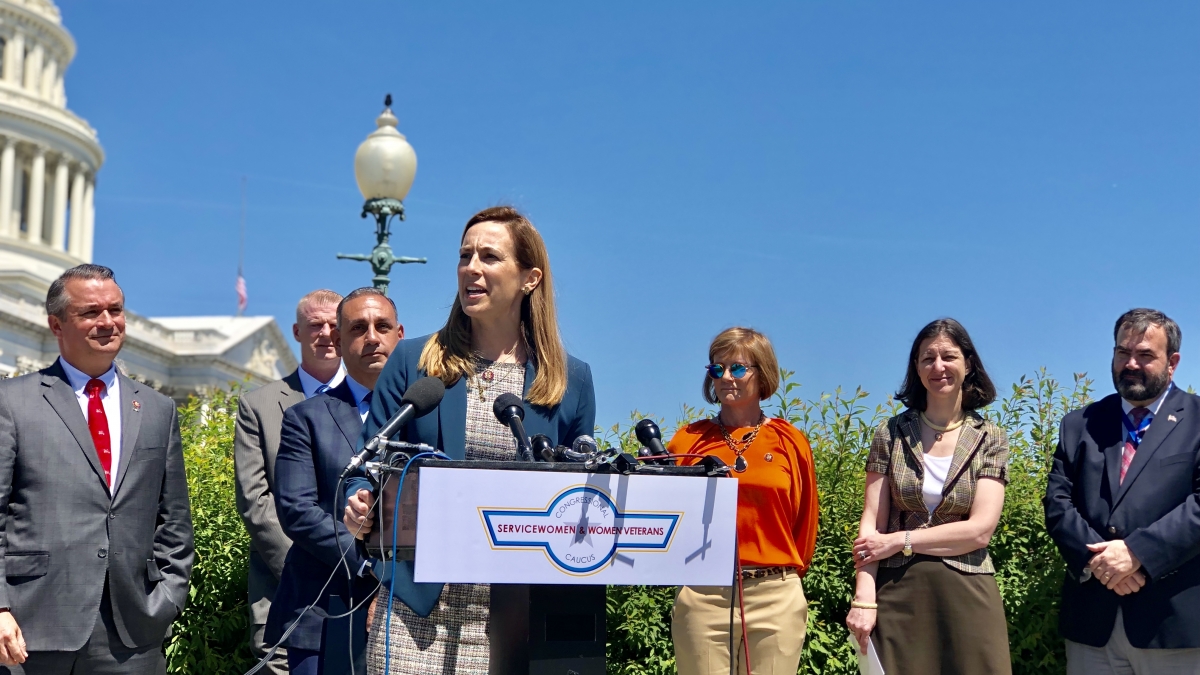
USNI: The Servicewomen and Women Veterans Congressional Caucus was recently stood up. From your perspective, what is the value of that caucus and why is it important that there are now so many female veterans in Congress?
Luria: In the past there had never been more than two (female veterans serving in the House at once). And I don’t think there’s a formula for reaching critical mass of a number of veterans, but the fact that there were four this time who have served, who have somewhat unique experiences at different periods in time between the time the Combat Exclusion Act was lifted and then afterwards, and the different challenges we had as women – I think it’s very important to come together as a voice and focus on those particular issues.
In a hearing yesterday I tried to focus on those things as well. When the Chief of Naval Personnel Vice Adm. Robert Burke testified, I really focused in on one specific thing, which was, I recently saw the results of the aviation commander command screening board, and only 3.8 percent of those selected were women. If you look over the course of time, it’s truly a retention issue that’s gotten us to that point, and I don’t think the Navy and the services in general have been aggressive enough in trying to think outside the box and find out how to fix this female retention problem. That year group would have been 2005, and they assessed approximately 15 percent women. And so then to 15 years down the road realize that reaching command-level positions in a particular community you only had 3.8 percent women who had stuck with it and achieved their career milestones and were still alongside their peers going into those jobs – and none of them were in VFA squadrons, fighter F-18 squadrons.
I know from my peers that were in aviation that the requirements of that career path are very demanding, but I think we just need to look at some of the tools that were provided in last year’s NDAA and how the services can use those to create a more family-friendly environment, both for women and men. The Navy is the worst of all the services as far as female officer retention. I would like to see those tools more widely used and that servicemembers really have trust that those tools are not going to disadvantage their careers. I think that’s going to take time for people to use them, test them, and then people coming up behind them see that you can do this and still succeed later in your career milestones. I would like to see the services be more aggressive in trying to figure out how to use those tools to improve female officer retention.

USNI: Why does it matter that you, as a female veteran, are on HASC and can speak from experience about these issues?
Luria: Everyone on the committee cares deeply about these issues for their constituents. But I think having served myself for 20 years, my husband served for 27 years, dual military family going all the way from the Naval Academy to retiring after my command tour. And being able to just take those experiences at every point along the way, every milestone in a career as an officer – I think that brings value to the discussion.
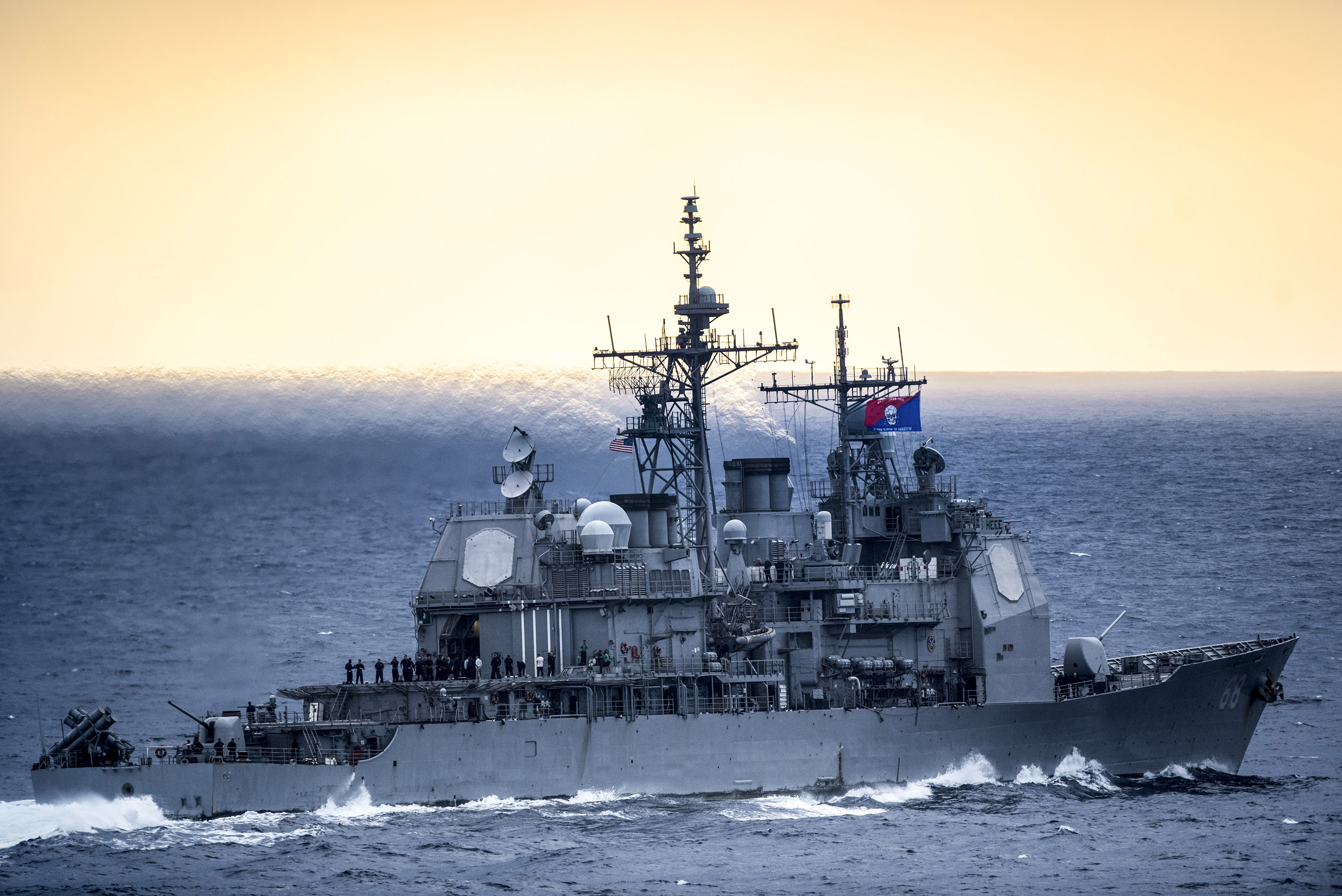
USNI: You have an interesting set of experiences: you were a nuke SWO, you worked on carrier maintenance, you were the executive officer of a surface ship. On Navy readiness, what did you see in your time in the Navy? And do you think the Navy has begun to address those problems adequately, or are there still gaps you feel need to be addressed?
Luria: The biggest overarching challenge is that we’re moving towards a larger navy – notionally, under the current force structure assessment, to a 355-ship navy. The CNO has alluded that that may and will change with the upcoming force structure assessment. The industrial base is challenged to meet the demands of the Navy today at approximately 283 ships, and then when you increase that more, that challenge will continue to grow. I spent a lot of time speaking to the ship repair industry in Hampton Roads, both public and private shipyards, major yards as well as smaller suppliers to those yards who are integral to the construction and repair of our ships. And the biggest challenge that they have is consistency of workflow; they don’t know six months, six years, 16 years from now what their demand is going to be, and it’s very hard for them to plan, to invest in infrastructure and personnel to be able to support the Navy. So I think longer term, having consistency and letting the people who provide ship repair and who build the ships have a better picture long-range of what the demand is going to be.
Within Hampton Roads, there’s a group that’s come together representing shipyard suppliers. The initiative is really to bring everyone together in ship repair and construction within Hampton Roads to have a better vision of how the industry can support readiness. And one of the things I’ve found is, a lot of times the different yards, because of contracting processes, are forced to compete against each other rather than determining what’s the long-term demand signal and getting an equal share of work based off capacity of the yards over time, thus gaining efficiency. I think contracting is a big problem because I hear over and over again that these contracts are not awarded until right before an availability starts; that doesn’t give adequate time to prepare the work packages, have the equipment on hand and have the personnel to do the work, and that causes unnecessary but really, truly predictable delays because there’s not enough lead time given and not enough controls over growth work within availabilities once they start.





